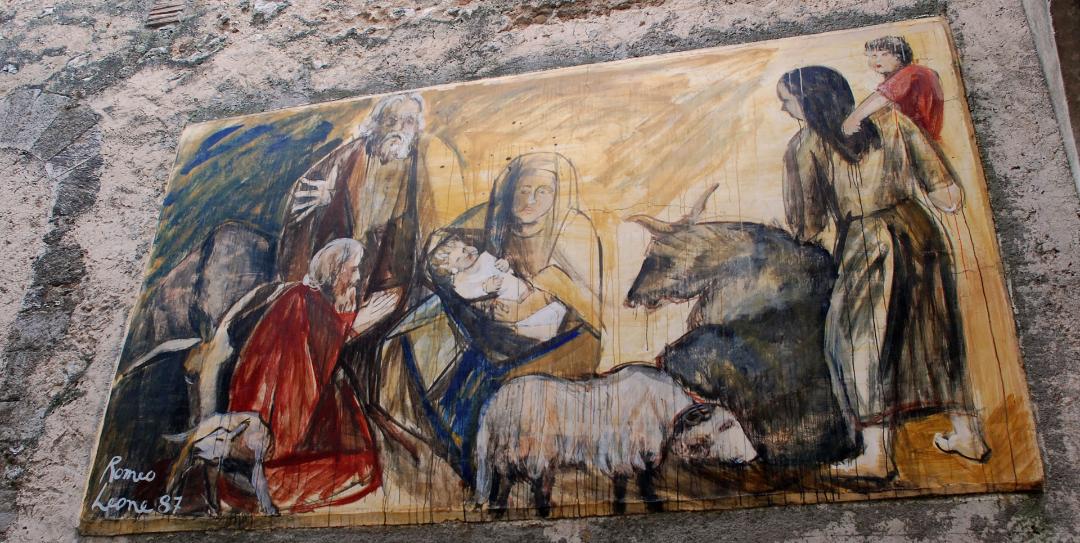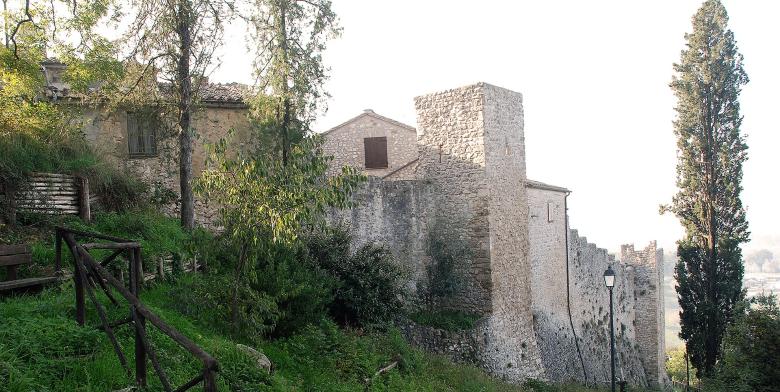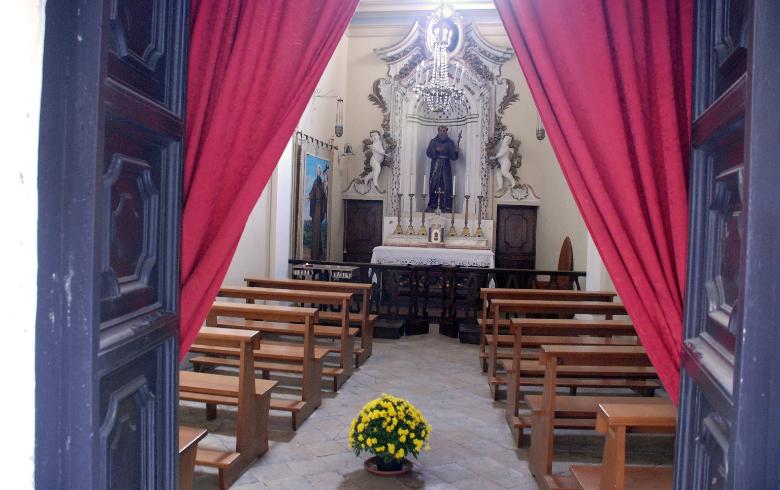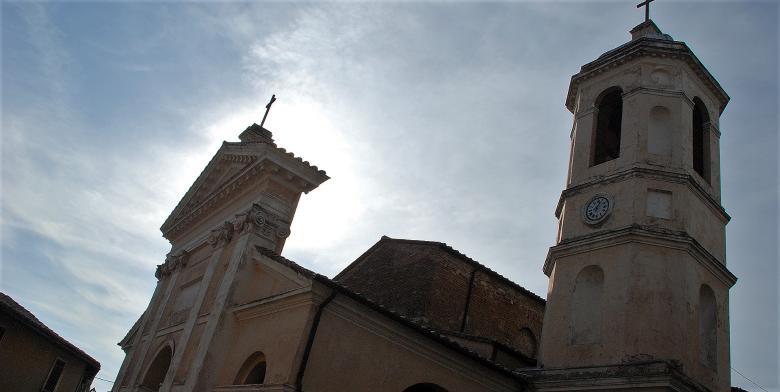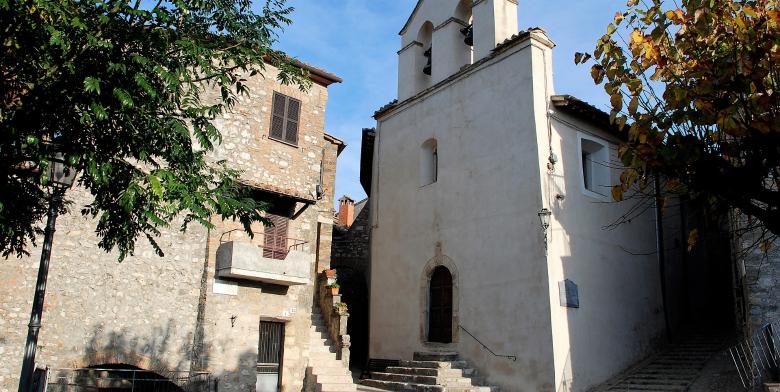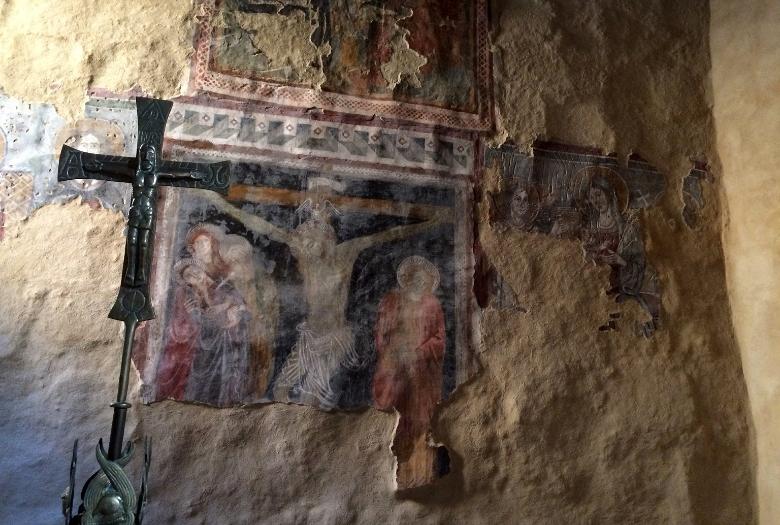Calvi dell’Umbria, the village of the nativity scene
The monumental nativity scene, the nativity scenes at the Museum of the Ursuline Monastery, and the mural trail on the Nativity in the historic center.
Calvi dell’Umbria, a picturesque village in the province of Terni overlooking the Sabina region, is not just a stop on the Franciscan Protomartyrs’ path. This Umbrian small town is also renowned for its nativity scenes. After all, this sacred representation originated from the will and vision of the most illustrious figure of this land: St. Francis of Assisi, who created the first ever nativity scene in 1223 in Greccio, in the Rieti Valley.
Calvi perfectly embodies this tradition, with its monumental nativity scene housed in the Church of Sant’Antonio, its murals and frescoes along the streets of the historic center, and the handcrafted nativity scenes displayed in the town museum.
In Piazza Mazzini, the heart of this Umbrian town, you can find the church of Santa Brigida, part of the Ursuline Sisters’ monastery, and the church of Sant’Antonio. In the 18th century, the papal architect Ferdinando Fuga intervened to unify the two buildings.
The monumental nativity scene is located in the apse of the ancient Church of Sant’Antonio, once the seat of the homonymous confraternity and now part of the exhibition path of the Museum of the Ursuline Monastery. It is open to visitors all year round.
Composed of over thirty polychrome terracotta statues, it was created between 1541 and 1546 by the Abruzzese brothers Giacomo and Raffaele da Montereale. This unique work, larger than life-size, amazes visitors with its beauty, vividness, and the realism of its characters.
The central scene is framed by the statues of Saint Anthony Abbot, beloved in rural tradition as the protector of livestock and cultivated land, and Saint Roch, traditionally invoked as a protector against the plague.




























